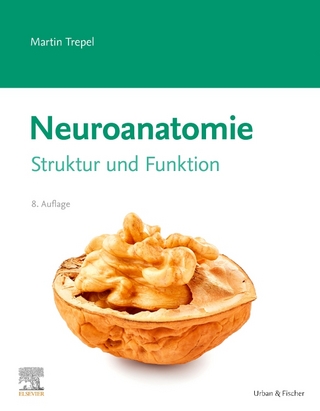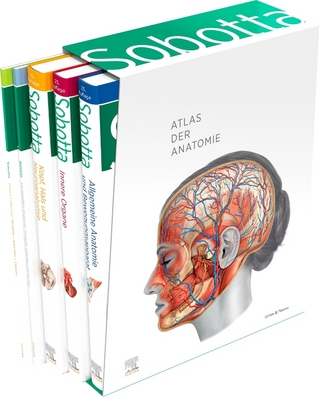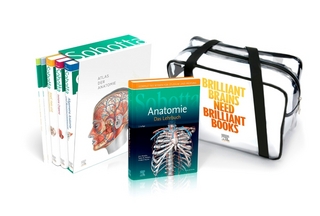
Physiology for Sportspeople
A Serious User's Guide to the Body
Seiten
1990
|
Illustrated edition
Manchester University Press (Verlag)
978-0-7190-3086-4 (ISBN)
Manchester University Press (Verlag)
978-0-7190-3086-4 (ISBN)
- Titel ist leider vergriffen;
keine Neuauflage - Artikel merken
A discussion of the physiology and anatomy of the body, discussing the metabolism, respiration, muscle, thermoregulation and fluid balance and the effect of exercise on these organs and functions. Also included is an examination of drugs and "magic" potions used by athletes.
This book is an introduction to the physiology of the body in relation to exercise. It discusses the effect of training and exercise on specific organs and systems of the body. The first section of the book examines muscle and includes a description of muscle cells and the mechanism of contraction of the cells. The method of stimulation and the strength of contraction are examined and the differences, both anatomically and physiologically, between slow and fast muscle. The relationship between muscle type and performance is highlighted. The following sections discuss metabolism and respiration. Metabolism is discussed in relation to oxygen consumption, energy storage and the concept of the oxygen debt and the mechanisms of oxygen and carbon dioxide transport around the body are examined. The anatomy and mechanics of the respiratory system are described and the chemical and mechanical control mechanisms of respiration are considered. The cardiovascular system and its physiology and control are discussed, and this section includes a description of the structure and function of the blood vessels and the heart.
Temperature regulation and the homeostatic mechanisms for body temperature control are described. This discussion includes aspects of fluid balance control including sweat production and the importance of salt in sweat. Heat acclimatization and the balance between rehydration and energy supplementation for dehydrated athletes is discussed. The final part of the book includes a review of the drugs and "magic" potions used by athletes and their effect on the body. A discussion of exercise in relation to high blood pressure, osteoporosis and obesity and the possibility of damage to the body, especially to muscles is included in the last chapter. Throughout the book emphasis is placed on the effect of exercise on the physiology and anatomy of the systems discussed and the resulting benefits to the body as a whole.
This book is an introduction to the physiology of the body in relation to exercise. It discusses the effect of training and exercise on specific organs and systems of the body. The first section of the book examines muscle and includes a description of muscle cells and the mechanism of contraction of the cells. The method of stimulation and the strength of contraction are examined and the differences, both anatomically and physiologically, between slow and fast muscle. The relationship between muscle type and performance is highlighted. The following sections discuss metabolism and respiration. Metabolism is discussed in relation to oxygen consumption, energy storage and the concept of the oxygen debt and the mechanisms of oxygen and carbon dioxide transport around the body are examined. The anatomy and mechanics of the respiratory system are described and the chemical and mechanical control mechanisms of respiration are considered. The cardiovascular system and its physiology and control are discussed, and this section includes a description of the structure and function of the blood vessels and the heart.
Temperature regulation and the homeostatic mechanisms for body temperature control are described. This discussion includes aspects of fluid balance control including sweat production and the importance of salt in sweat. Heat acclimatization and the balance between rehydration and energy supplementation for dehydrated athletes is discussed. The final part of the book includes a review of the drugs and "magic" potions used by athletes and their effect on the body. A discussion of exercise in relation to high blood pressure, osteoporosis and obesity and the possibility of damage to the body, especially to muscles is included in the last chapter. Throughout the book emphasis is placed on the effect of exercise on the physiology and anatomy of the systems discussed and the resulting benefits to the body as a whole.
Muscle; metabolism; respiratory physiology; oxygen and carbon dioxide transport; the cardiovascular system - cardiovascular physiology, the cardiovascular system in exercise; temperature regulation; fluid balance in exercise; drugs, hormones and sundry potions - aids to performance?; is exercise good for you?.
| Erscheint lt. Verlag | 15.11.1990 |
|---|---|
| Illustrationen | Peter G. Jack |
| Zusatzinfo | illustrations, further reading list, glossary, index |
| Verlagsort | Manchester |
| Sprache | englisch |
| Maße | 138 x 216 mm |
| Themenwelt | Medizin / Pharmazie ► Medizinische Fachgebiete ► Sportmedizin |
| Studium ► 1. Studienabschnitt (Vorklinik) ► Anatomie / Neuroanatomie | |
| Studium ► 1. Studienabschnitt (Vorklinik) ► Physiologie | |
| ISBN-10 | 0-7190-3086-2 / 0719030862 |
| ISBN-13 | 978-0-7190-3086-4 / 9780719030864 |
| Zustand | Neuware |
| Informationen gemäß Produktsicherheitsverordnung (GPSR) | |
| Haben Sie eine Frage zum Produkt? |
Mehr entdecken
aus dem Bereich
aus dem Bereich
Struktur und Funktion
Buch | Softcover (2021)
Urban & Fischer in Elsevier (Verlag)
44,00 €
Buch | Hardcover (2022)
Urban & Fischer in Elsevier (Verlag)
220,00 €
+ Web + Lehrbuch
Buch | Hardcover (2022)
Urban & Fischer in Elsevier (Verlag)
249,00 €


